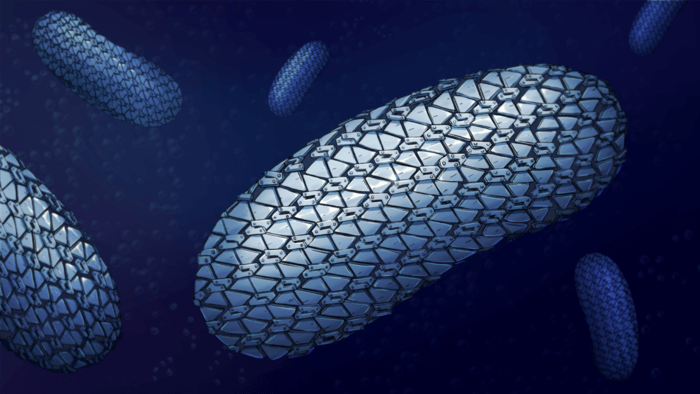Antibiotics are used to treat bacterial infections, but some germs known as “superbugs” have evolved to resist treatment. Research from Newcastle University in England gives a closer look at how a diarrhea-causing superbug opposes immune cells and antibiotics.
Antimicrobial resistance is one of the top 10 global public health threats to humanity, according to the World Health Organization.
Clostridioides difficile (C. diff) is a gut-infecting superbug with a special protective layer serving as a coat of armor against the immune system. The latest study shows the surface layer is assembled to prevent molecules from getting in. A protein called SlpA forms like chain mail links and forms a pattern to create a flexible armor.
Understanding the superbug’s treatment-resistant structure could help in creating drugs that can break the protective layer or create to allow molecules to enter and kill it.
“I started working on this structure more than 10 years ago, it’s been a long, hard journey but we got some really exciting results!” explains Paula Salgado, senior lecturer in macromolecular crystallography and study author, in a statement. “Surprisingly, we found that the protein forming the outer layer, SlpA, packs very tightly, with very narrow openings that allow very few molecules to enter the cells. S-layer from other bacteria studied so far tend to have wider gaps, allowing bigger molecules to penetrate. This may explain the success of C.diff at defending itself against the antibiotics and immune system molecules sent to attack it.”
The researchers studied the protein structure of SlpA on the superbug’s surface layer using a combination of X-ray and electron crystallography. “We’re now looking at how our findings could be used to find new ways to treat C. diff infections such as using bacteriophages to attach to and kill C. diff cells – a promising potential alternative to traditional antibiotic drugs,” says Dr. Rob Fagan, who carried out the electron crystallography with professor Per Bullough at the University of Sheffield.
The study is published in the journal Nature Communications.
